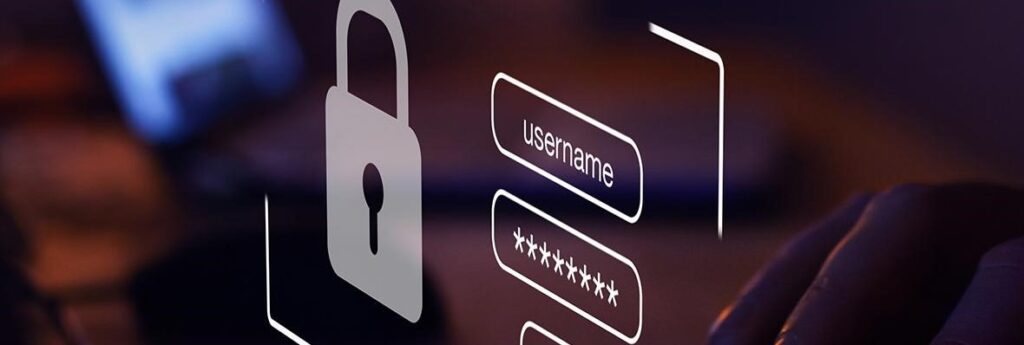The pandemic brought major work culture changes worldwide and a few of those changes are here to stay. Work from home (WFH) or the remote working concept has been around for a while, but the pace has picked up post-pandemic. Today we highlight the best cybersecurity practices for remote workers.
• Strong passwords and MFA: Always create unique and strong passwords. Use a password manager for convenience and enhanced security. Implement Multi-Factor Authentication (MFA) for added protection on all accounts. Keep all security software updated and monitor your logins.
• Secure your home network: A good practice for everyone is to change default router credentials, enable WPA3 encryption, update firmware, and establish a guest network for non-permanent users. Remove old and inactive devices and restart your router at least once a week.
• Use a VPN: Always employ a Virtual Private Network (VPN) for secure connections, especially on public WiFi. These not only provide great security but also provide access for you to connect to your actual office/work location from your remote location. Subscribe to verified VPN providers.
• Stay informed and educated: Learn about common cyber threats and exercise caution with emails and links. Monitor your communication and don’t open or respond to unknown messages.
While there are many challenges associated with WFH, use the measures discussed above to make sure that security is not one of them. In the digital world, vigilance and preparation are your best defenses.
(Digital Digest is a continuing series provided courtesy of the MPE Caribbean Report, which offers travel and tourism news weekly. It is published by US-based integrated marketing agency Marketplace Excellence, which has an office in Richmond Hill, Ont. www.marketplaceexcellence.com)

